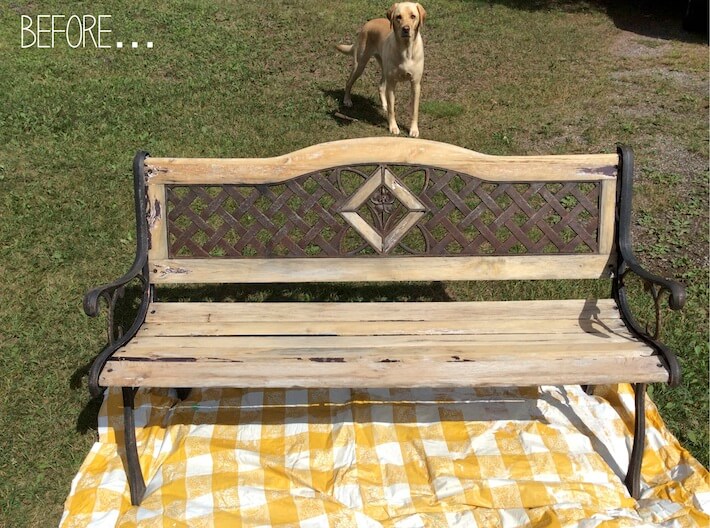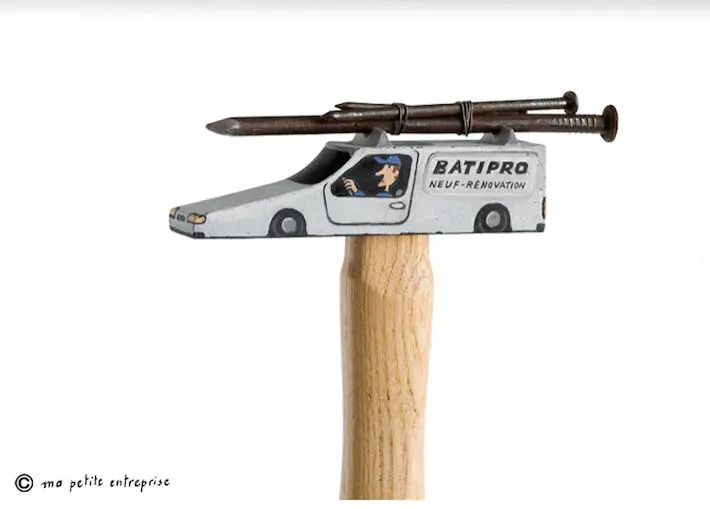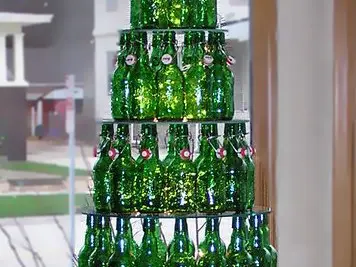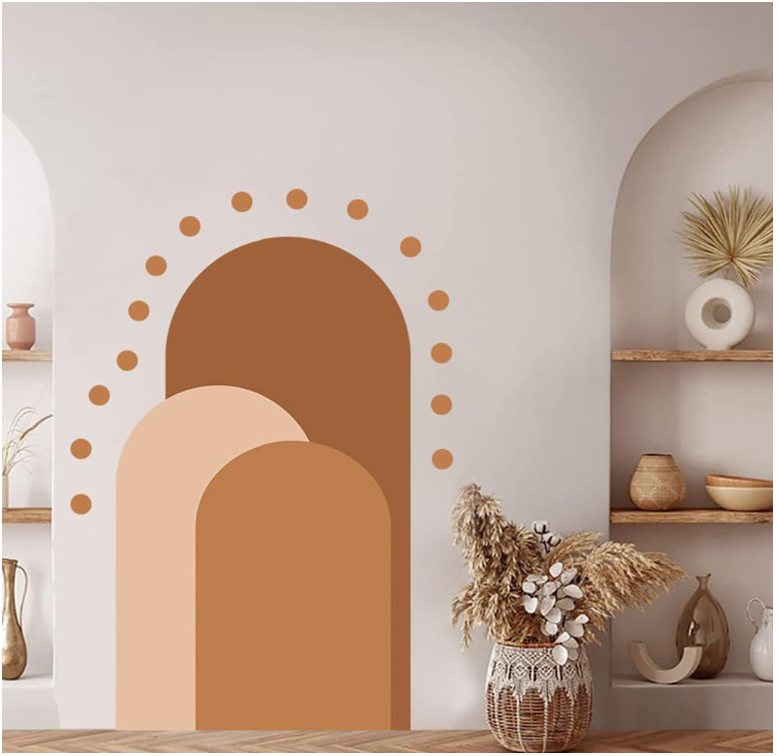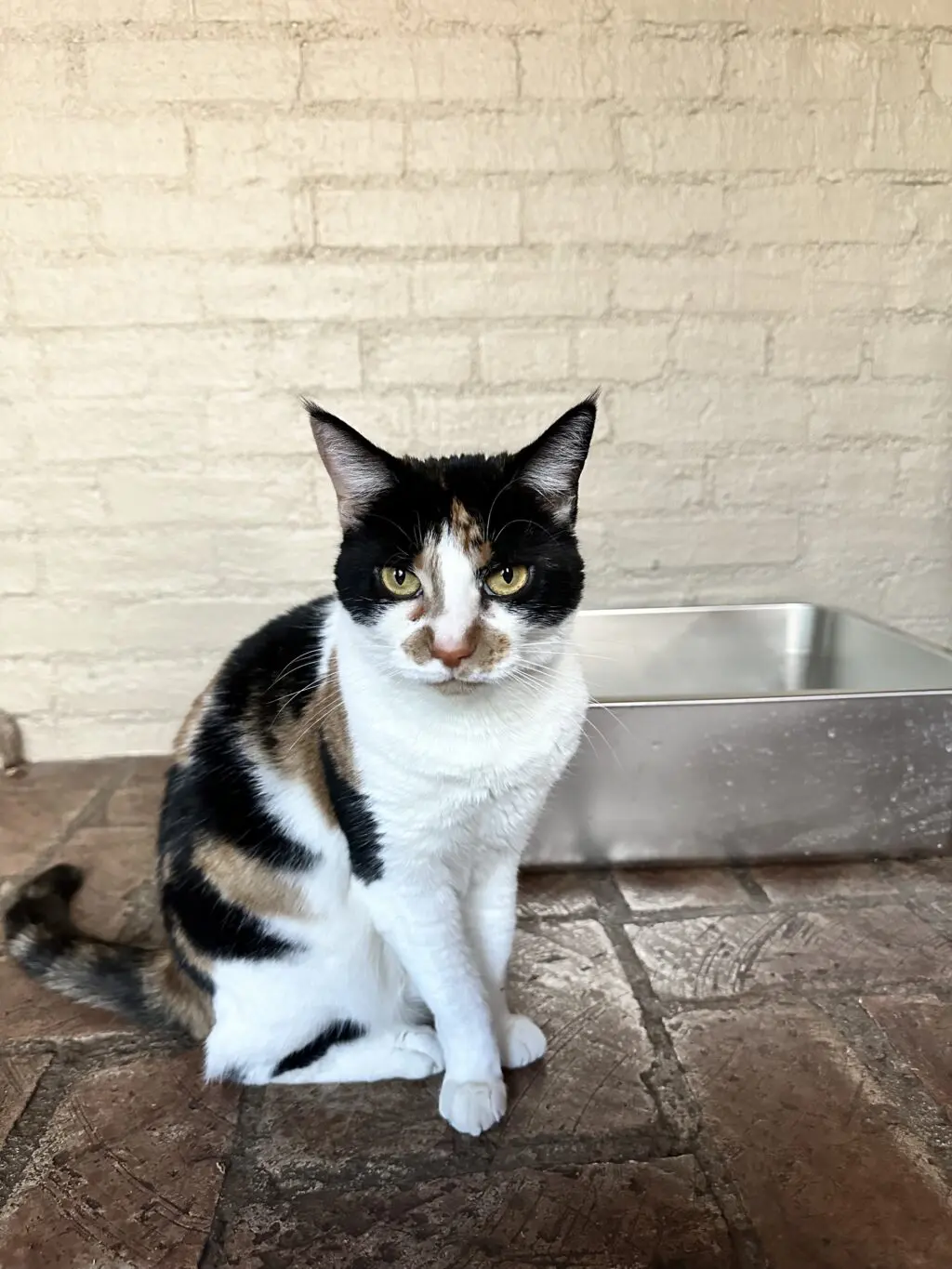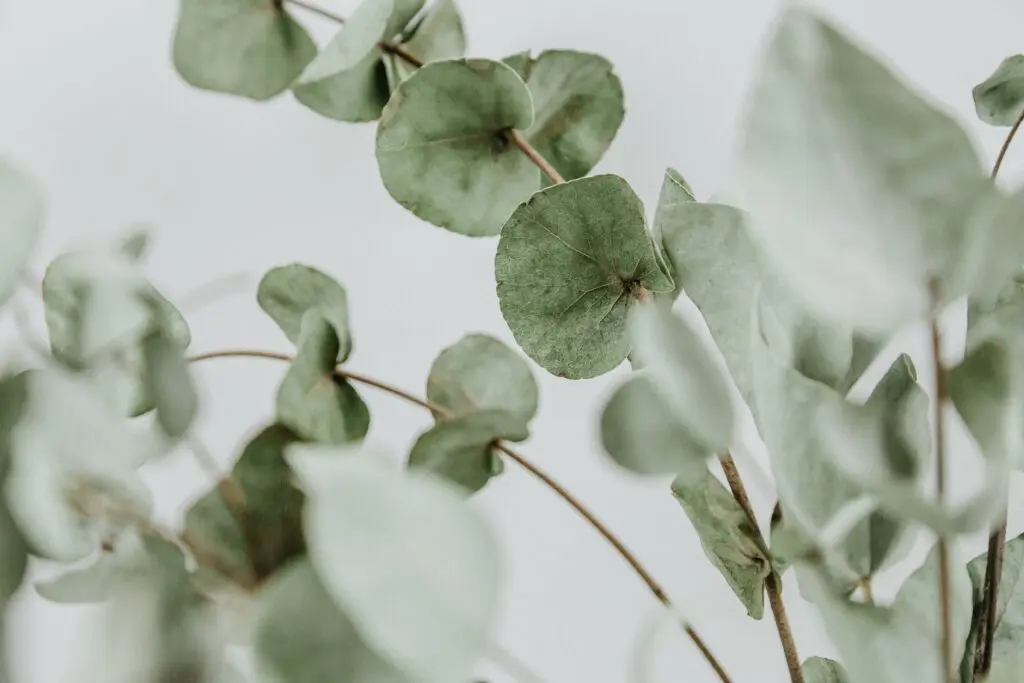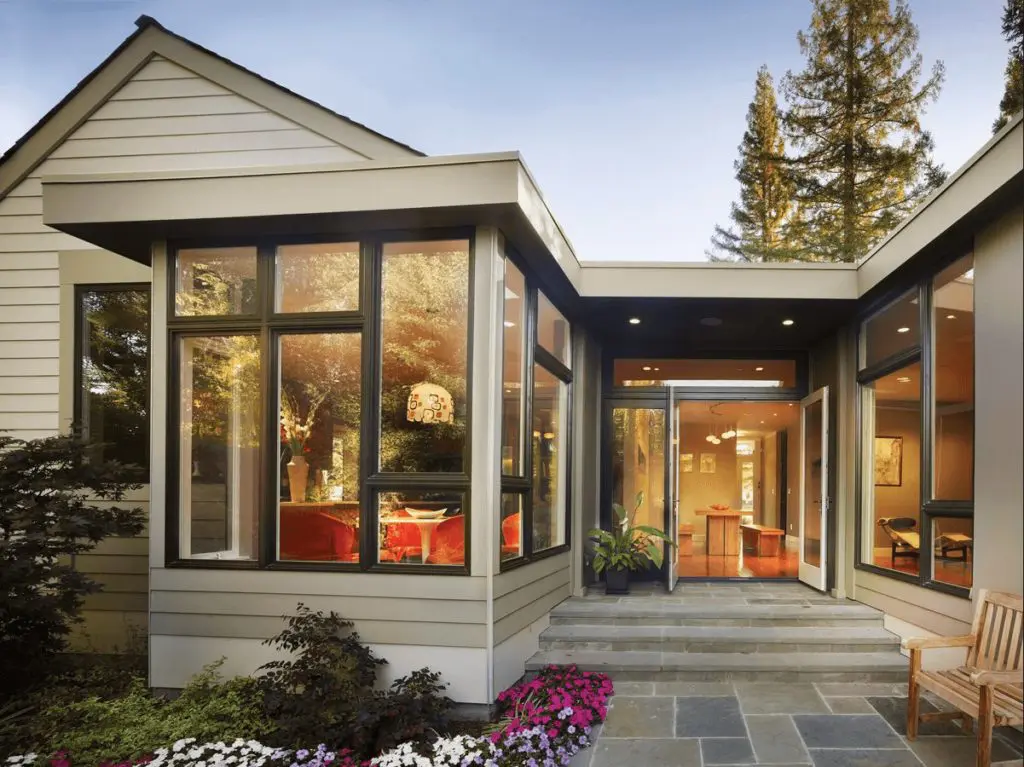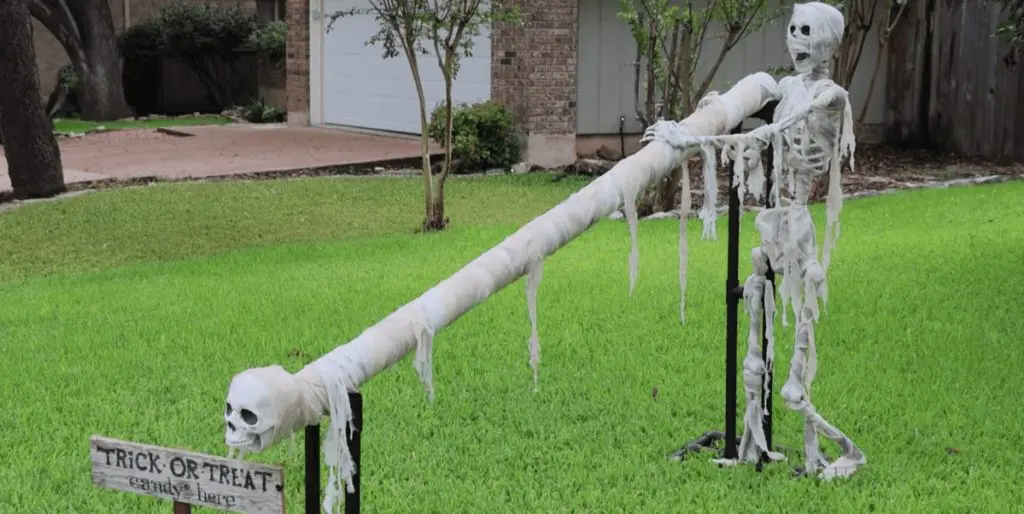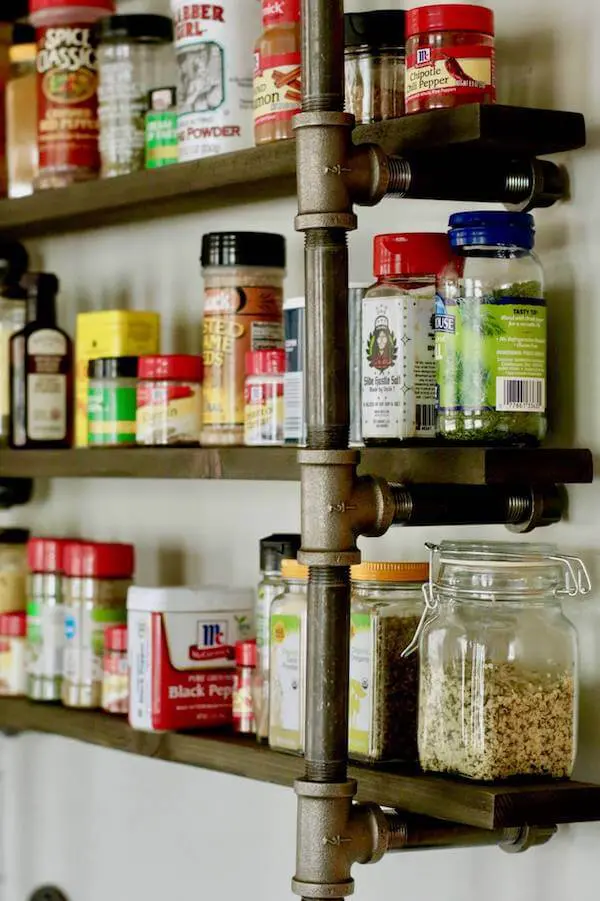
I mean…come on! We’ve seen all kinds of repurposed art, but this is ridiculous…in the best possible way! It’s certainly no small feat when French artist, Gilbert Legrand, transforms everyday tools ‘n stuff into seemingly animate objects you want to call your new best friends.
I’ve seen others create wonderful art out of spray bottles before, but there’s something special about Legrand’s creations. It’s as if he’s opened a new door to the possibilities of ordinary items we buy, use, then throw away everyday – objects we often taken for granted. I may not have the ability to create repurposed sculptures like these, but I now appreciate these “things” as a respectable medium for art and will think twice when tossing them into the trash or leaving them outside to rust and weather.
In other words…through this way too adorable art, I believe Mr. Legrand has taught us to appreciate and respect even the most mundane of stuff. Don’t you agree? If so, why not put on a fresh pot of java, or steep some loose-leaf tea as we scroll through some of my personal Gilbert Legrand favorites. Afterwards, enjoy the short interview of how these second-hand sculptures came about and into the mind of such a resourceful and creative artist. Très bon!









Hop on over and check out more of Gilbert Legrand’s sculptures and photos!
Note: Mr. Legrand and I corresponded via email and Google translate, so, I’ve included both the French and English translations.
HomeJelly: How were you first inspired to reuse these ordinary objects and turn them into such fanciful sculptures?
Gilbert Legrand: I had that view on things when I was a child. The tools of my father inspired me a lot to play with them (in secret because his tools were sacred!) Working for ten years, randomly I was commanded by a youth Toulouse editor, and I started this business of sculpture. In a magazine for children, I illustrated a section on “tips and tricks”. That really fascinated me because it took me out of the practice as an illustrator on paper. Since then, I continue to make characters with the idea of a third book.
HJ: What are the supplies you add to these objects outside the paint? (Clay? Papier Mache? Metals?)
GL: I add accessories when necessary with epoxy hardening paste and I also cut metal. I cannot weld. Everything is glued, and the finishing paint is used to create the illusion.
HJ: Where do you find your ordinary objects? (Flea Markets? Garage Sales?)
GL: I can find them everywhere, even at the super market. I choose to change common merchandise and objects that everyone has. My friends give me a lot to get rid of – I’ve had a stock for 20 years. I also like going to the flea markets to find old vintage and rare things like my father’s tools.
HJ: How would our readers purchase a sculpture of yours?
GL: Sorry, but I do not sell my pieces to individuals because I decided to display my collections at exhibitions that I present in cultural venues in France. I developed an activity for children to change/transform these types of objects at school assemblies.
Et en français…
HomeJelly: Comment avez-vous été d’abord inspiré de réutiliser ces objets ordinaires et de les transformer en de telles sculptures fantaisistes?
Gilbert Legrand: J’avais ce regard sur les choses quand j’étais enfant. Les outils de mon père m’inspiraient beaucoup pour jouer avec (en cachette car ses outils , c’étaient sacré ! ). C’est depuis dix ans, au hasard d’une commande d’un éditeur jeunesse de Toulouse que j’ai commencé cette activité de sculpture. Dans une revue destiné aux enfants j’ai illustré une rubrique “de trucs et astuces”. Cela m’a beaucoup passionné car cela me faisait sortir de la pratique d’illustrateur sur papier. Depuis je continue à fabriquer des personnages avec l’idée de faire un troisième livre.
HJ: Quelles sont les fournitures que vous ajoutez à ces objets, en dehors de la peinture? (Argile? Papier mâché? Métaux?)
GL: Je rajoute des accessoires quand c’est nécessaire avec de la pâte durcissante époxy et aussi du métal fin que je découpe. Je ne soude pas.Tout est collé , et la peinture finie de créer l’illusion.
HJ: Où trouvez-vous vos objets ordinaires? (Marchés aux puces? Garage de vente?)
GL: Je peux les trouver partout même au Super market, car je choisis de détourner des objets très commercialisés que tout le monde possède. Mes amis m’en donnent beaucoup pour se débarrasser. J’ai un stock pour 20 ans. J’aime bien aller aussi sur les brocantes pour retrouver les vieux outils vintage et plus rares. Comme ceux de mon père.
HJ: Comment seraient nos lecteurs d’acheter une sculpture de la vôtre?
GL: Désolé mais je ne vend pas mes pièces à des particuliers car j’ai décidé de réserver ma collection à des expos que je présente dans des lieux culturels en France. J’ai développé une activité sur le détournement objets avec des rencontres dans les écoles.
Merci, monsieur Legrand!
All photography courtesy of gilbert-legrand.com
